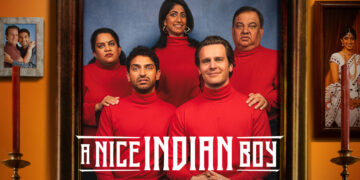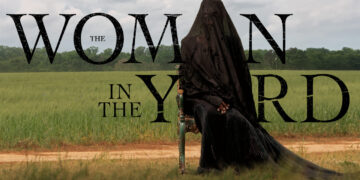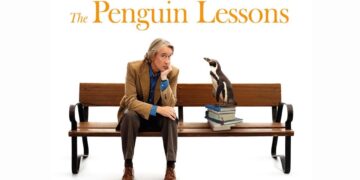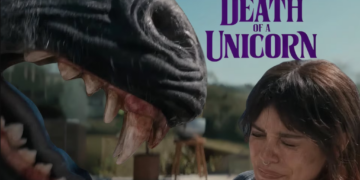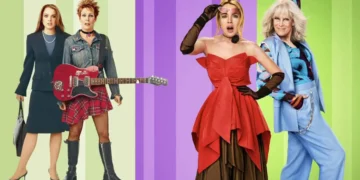Art is an imitation of life, yet we seldom acknowledge the artist’s role in breathing life into it—it is not merely an illusion unto itself. There is an unsettling allure in this notion, particularly when art becomes a conduit for both suffering and ecstasy. Fifteen years after captivating audiences in Chloe, Amanda Seyfried reunites with acclaimed Canadian director Atom Egoyan for another provocative psychosexual drama, Seven Veils. After years spent building a successful career and enduring a crumbling marriage, earnest theater director, Jeannie is tasked with producing her late mentor Charles’ most renowned work, the opera Salome. But Salome is more than just another artistic endeavor; it is a haunting fragment of Jeannie’s own past, drawn from the brutal experiences of her childhood. She is not just directing Salome—she is Salome.
In the opera’s first production, she was merely an observer, overshadowed by Charles’ formidable presence. Now, she steps into the role of curator, holding full creative authority—though she insists she is not directing but merely “remounting” it. The opera, rooted in biblical history, recounts the infamous tale of Salome, whose seductive dance led to the execution of John the Baptist, marking what is considered the first recorded sex crime in religious texts. This story unnervingly parallels Jeannie’s past. The opera’s dance sequences are eerily reminiscent of her father’s twisted artistic aspirations for her—how he would stage unsettling performances, filming her in white dresses, swinging through forests with tiny oranges in hand, giving her prompts and musical scores to move to. She struggles to separate memory from reality, unsure of what truly transpired between her father, Charles, and herself. As she takes center stage for Salome, the ghosts of her past close in, blurring the lines between art, trauma, and identity.

Jeannie’s relationship with Charles extended far beyond the stage. Their affair, though fleeting in his eyes, ignited a spark of creativity for him. To Charles’ wife, Jeannie was nothing more than a silly little threat, just a passing little flame. Beatrice was his real wife—just as in Salome, where the titular character is dismissed, her desires unrecognized. Stepping into the role of Salome, Jeannie pretends Charles can still hear her words, can still feel the strands of her hair as he once did the singer he directed years ago. She was his muse, her childhood pain transformed into Charles’ greatest artistic triumph. “I never agreed with the way you staged these dark monsters. It was never like that. Not from what I remember, not from what I told you.” Yet, her pain was never his to mold, never his to reinterpret for the sake of art. “You asked me so many details, Charles, and I gave them to you because you made me feel so loved,” she realizes now—her father and Charles were not just creators; they were collaborators in her pain.
From the very beginning, love and suffering are intertwined, “I have always loved. Perhaps I have loved you too much.” That sentiment echoes through the film, mirroring the abuse she endured from both her father and Charles. Love, in her world, is not tender—it is consuming. It is grotesque. It is performance art twisted into something meant to inflict pain for another’s pleasure. Her father and Charles both adored her, but not as a person. They loved her as a muse, stripping away her humanity until she became a vessel for their artistic obsessions.
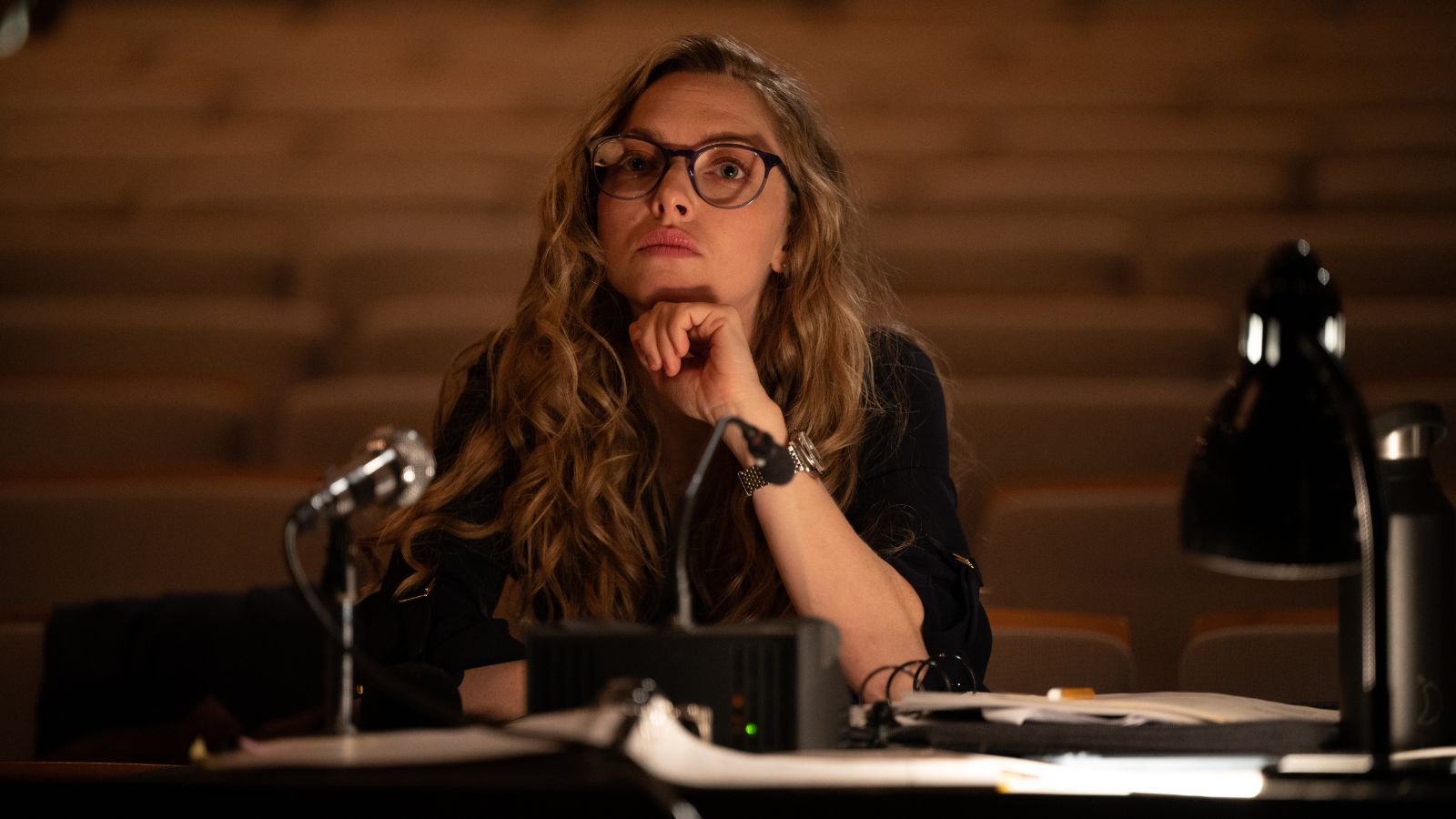
The play, like an incantation, leaves behind the lingering traces of Charles’ spirit. His influence lingers in every scene, every note, every movement. Jeannie feels his presence as she watches his staging unfold before her, but no matter how much she immerses herself in Salome, the past cannot be resurrected. The obsessive pursuit of Charles’ artistic intensity becomes a ghost chase. But as someone reminds her, “Trying to fulfill the same performance that it was back then… Yeah, but it’s your show now. You’re not the same person you were back then. And Charles definitely isn’t—because he’s dead.”
This final production is not just another run of Salome; it is a diary, a farewell letter to Charles, an attempt to reclaim the narrative that had always belonged to her. And that is the true revelation of Seven Veils. No matter how much Jeannie relives and reshapes the past, she cannot rewrite it. She stands at the precipice of art, ghosts, and the love that shaped and destroyed her. Just as she reaches her final moment of clarity, she admits, “This is my interpretation, Charles. I have no idea what you would have made of it.” Yet, even with all her revisions, the audience still applauds. They are still applauding for him.

Amanda Seyfried delivers a phenomenal performance as Jeannie, fully immersing herself in the role of a theater director with striking authenticity. Her portrayal captures every nuance—the frizzy, bouncy curls, the business-casual wardrobe, and the dramatic, impassioned gestures—making her feel like a living, breathing artist rather than just a character. Seven Veils’ score further enhances its hypnotic allure, its eerie composition lulling the audience into a trance-like state, deepening the film’s unsettling yet mesmerizing atmosphere.
However, despite its many strengths, Seven Veils suffers from an overabundance of ideas. The film is ambitious in its themes, which is admirable, but its lack of a clear focal point makes the narrative feel disjointed. While the poetic dialogue is beautifully crafted, it occasionally overwhelms the storytelling. Jeannie’s theatrical language and mannerisms feel authentic to her world, yet some of the film’s drawn-out monologues add to its density, making certain moments feel unnecessarily heavy. This, combined with the numerous subplots and thematic layers, dilutes the film’s impact—making it feel more like a collection of fragmented ideas rather than a cohesive exploration of its central themes.
In the end, Seven Veils is a thought-provoking experience. Seven Veils unveils layers of seduction and vulnerability, exposing both the allure and the agony of artistic expression.




